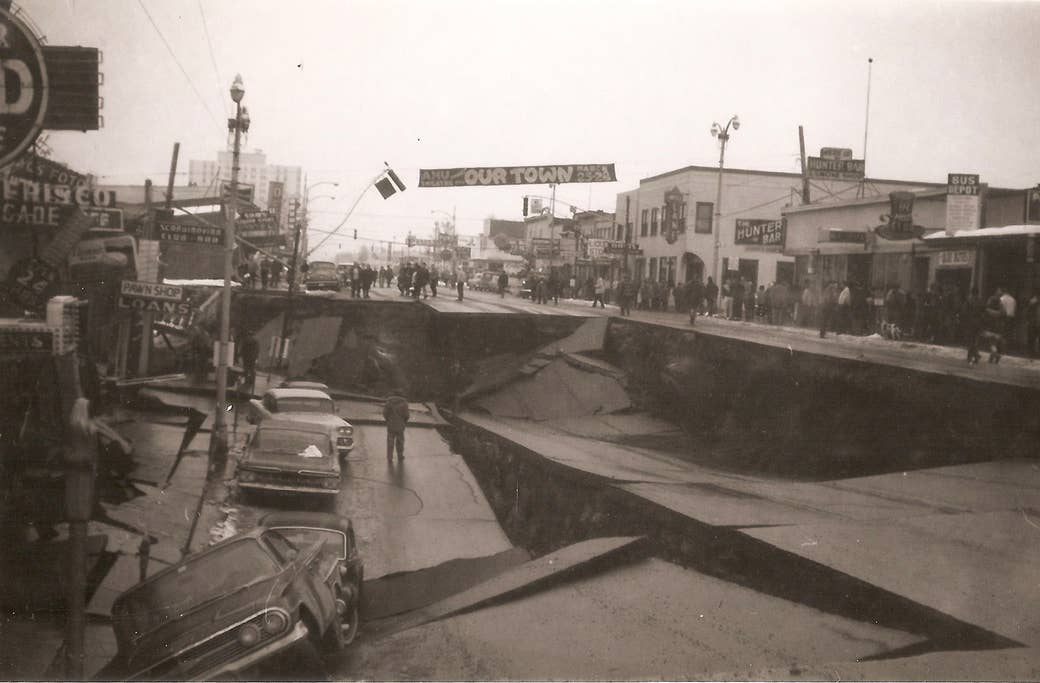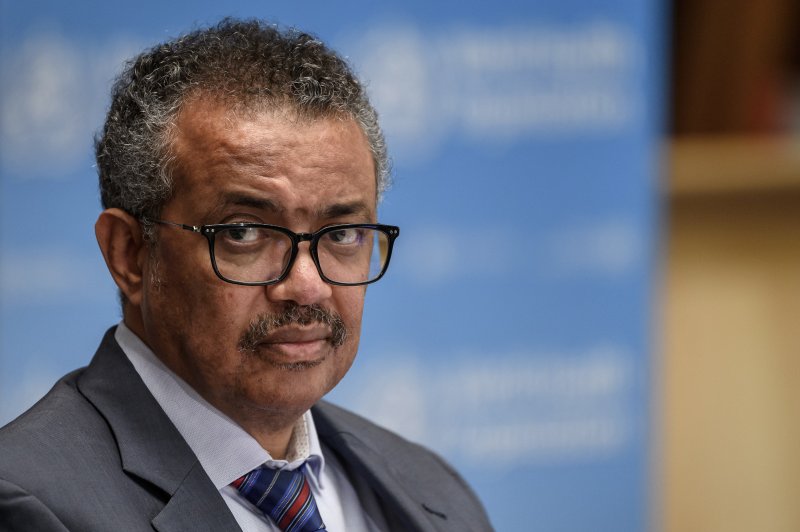Burma
Made Homeless by Junta, Myanmar Govt Workers Vow to Continue Strike Till Regime Falls
Hospital staff at Mandalay General Hospital vacated their government housing on March 20 rather than abandon the CDM and go back to work under the military regime.
By THE IRRAWADDY 23 March 2021
In its latest attempt to stifle workers’ protests, the military regime has given striking workers in several cities an ultimatum: return to work or face eviction from their state-provided housing.
On Saturday, the regime issued a letter warning striking railway workers in the country’s second-biggest city, Mandalay, that they would have to move out of their government housing within five days unless they resumed work on Monday.
Unbowed, thousands of railway workers moved out of their homes rather than give up their protest against the regime.

Railway employees and their families in Mandalay Region vacated their government housing on March 20 rather than abandon the CDM and go back to work under the military regime./ CJ
Myanmar government employees—including doctors, nurses, teachers, railway workers, engineers, garbage collectors, electricity workers, administrative staff, bankers and employees of a range of government ministries—have been taking part in the civil disobedience movement (CDM), a widespread protest movement against the regime, since a few days after the Feb. 1 coup, refusing to work under the men in uniform in an effort to make the country impossible for them to govern.
Furious at the collective resistance that has paralyzed the government mechanism for over a month, the regime has attempted to intimidate striking workers by, among other things, firing weapons during nighttime patrols of residential areas, arresting people, and dismissing or suspending workers from their positions. However, the eviction warnings and other threats have failed to deter the protesting workers.
“We were in tears as we left our homes. Not because we are sad or scared of them. But because we are indignant at being bullied and abused by those armed with weapons,” a 50-year-old woman said. Her family moved out of the largest railway staff housing complex in Mandalay Region, where they lived for more than 10 years, on Sunday.
“We have nothing to fight back with—not even a toothpick. But we will fight [the junta] with the CDM until they fall,” she said.
Around 450 households in the housing complex—more than 1,000 people—moved out over the weekend. Other housing centers for railway workers in Mandalay also saw striking workers leave to continue their protest.

Railway employees and their families in the Mon State capital Mawlamyine left their government housing on March 23 rather than abandon the CDM and go back to work under the military regime./ Mawlamyine’s Voice
“All of us are poor. But we don’t care, even if we don’t have any place to relocate to, or face hunger. No matter what, we will continue the strike.”
For her, the fight against the junta is a fight for the future of her young son. She said she doesn’t want him to experience a repeat of the suffering she faced under the previous military dictatorship after the coup in 1988.
Mandalay residents and charity groups helped the workers move out, carrying furniture and other household items and providing free trucks, vans, pickup trucks, meals and temporary shelter.
A volunteer group assisting the workers said support will be required to meet the evicted workers’ basic needs, including shelter and food supplies, in the long term, adding that it is important that all who need such assistance receive it.
The evictions compound the hardship for the striking workers, who have already forgone their salaries.
A son of a 59-year-old railway worker at the Mahlwagone Railway station in Yangon Region said many families of station employees who had been evicted from staff housing were struggling to find shelter and feed themselves.
Around 1,000 workers and their families living at the station’s staff quarters fled their homes on March 10 after security forces raided their neighborhood.

Railway employees and their families at the Mahlwagone Railway Station in Yangon Region fled their government housing on March 10 rather than abandon the CDM and go back to work under the military regime./ The Irrawaddy
The son of the striking railway worker said soldiers and police told the strikers that if they returned to work, they could stay in the housing. However, more than 90 percent of the workers there fled their homes rather than return to work under the military regime.
Given only a few hours to vacate the premises, the workers were each only able to bring a few items of clothing and some food, leaving furniture and household items behind.
“My parents were only able to bring their national registration cards and a few clothes with them when they fled, as I was away at that time. My mom left her medicines behind and many other older people in the quarter did too. But at this time we can’t afford to buy pills and medicines while we are struggling to find food and shelter,” he said.

Railway employees and their families at the Mahlwagone Railway Station in Yangon Region fled their government housing on March 10 rather than abandon the CDM and go back to work under the military regime./ The Irrawaddy
The railway employee’s son added that many striking workers have no idea how to connect with the support groups and lack secure and systematic channels to do so. Regardless of the hardship, the young man believed all the striking workers and their families were determined to continue their strike until the end.
The military regime has issued arrest warrants for several well-known CDM supporters on incitement charges. Leading strike organizers, including several medics who initiated the protest movement among government staff, have also been targeted for arrest.
It is estimated that more than 60 civil servants taking part in the CDM have been arrested and charged since Feb. 1. Doctors, engineers, teachers, railway staff, directors and managers of governmental departments and administrative staff are among those who have been detained.
A doctor from a hospital in Naypyitaw who went into hiding to evade arrest said hundreds of doctors, nurses and healthcare workers now faced financial hardship as many of them are on the run.

: Railway employees and their families in the Mon State capital Mawlamyine left their government housing on March 23 rather than abandon the CDM and go back to work under the military regime./ Mawlamyine’s Voice
More than 400 employees of his hospital had to move out of their staff housing in mid-February to continue the protest, and have been hiding in temporary shelters since then. The number of healthcare workers evicted from government housing in different states and regions has been growing in recent days.
The doctor said the threats had failed to stop the CDM, and in fact it was continuing to grow. He estimated that around 90 percent of government staff across the country were now taking part in the movement.
On Tuesday morning, 140 railway workers in Mawlamyine, Mon State also moved out of their staff housing rather than return to work.

Railway employees and their family members at the Mahlwagone Railway station in Yangon Region fled their government housing on March 10 rather than abandon the CDM and go back to work under the military regime./ The Irrawaddy
Acknowledging the power of the CDM, the UN special rapporteur on the situation of human rights in Myanmar, Thomas H. Andrews, said, “The junta knows how to fight weapons of war, but it is ill equipped to fight weapons of peace, which is what the CDM [is].”
“The CDM—and the broader opposition to the junta—will be strongest and most effective if it, and its leadership, can resist calls and any impulse to fight violence with violence,” he added.
Topics: CDM, Coup, Doctors, Eviction, government housing, homes, leave, military regime, Protests, Railways, return, strike, ultimatum, work, workers





















